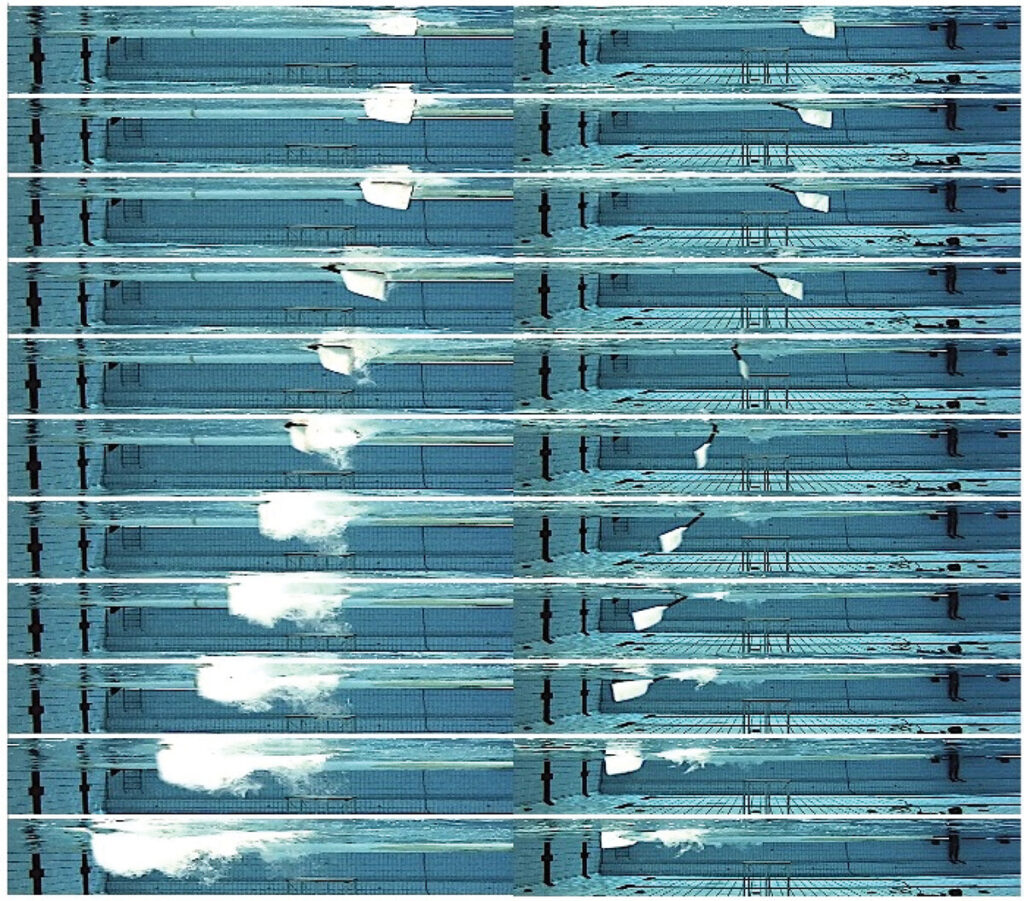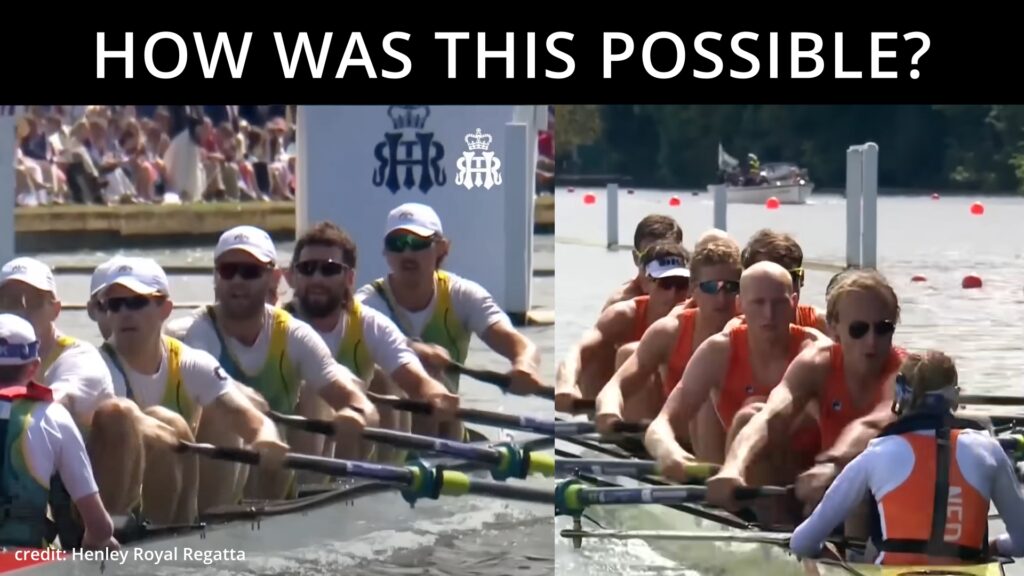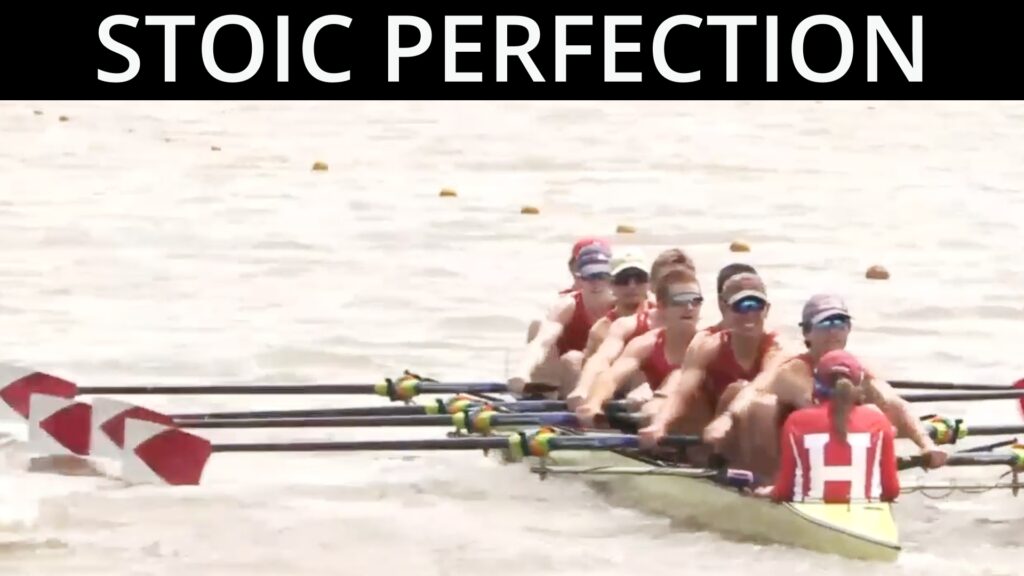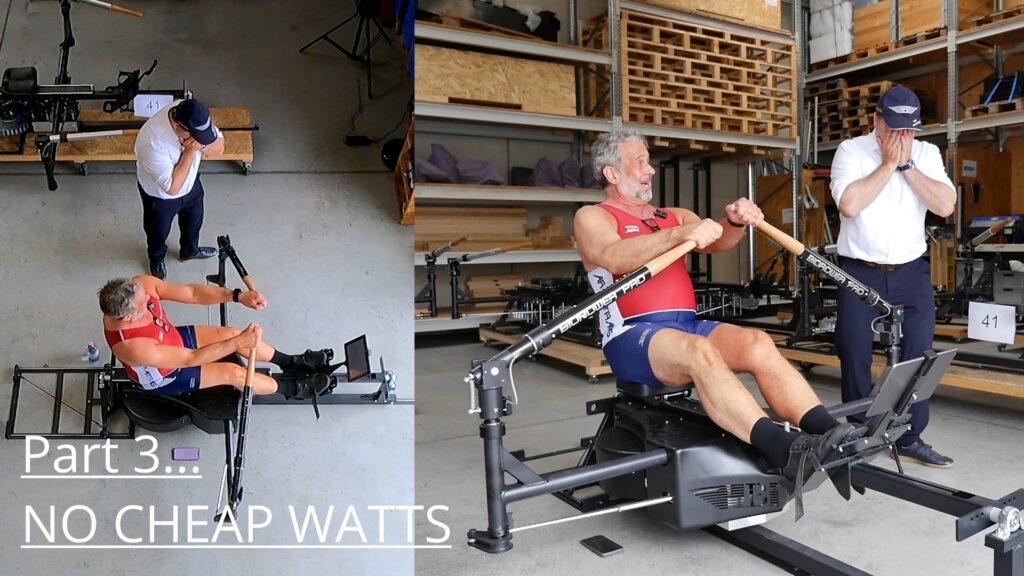
Blade design, science and innovation

This is for rowers and coaches who are interested in maximising performance AND who are open to exploring design innovation to achieve better results. If you are happy with how thing are, your current level of performance and the results you are achieving, then perhaps this video is not for you. This presentation is about announcing significant research into the standard rowing blade and how it’s performance can be enhanced through simple design innovation.
I believe that your coaches owe it to you to look into this and you owe it to yourself. You’re the one making the sacrifices, doing all this training and giving the best years of your life to this sport.
The beginning of this research was reported by Science of Rowing and the suite of study have now been concluded and the results are now available. Your coaching staff will have access to these publications in full. The links are provided below. This research has helped us better understand the performance limitations of the standard oar and how the attachment of a hydrofoil can measurably improve its performance.
The Sports Science department of The University of Porto have become one of the world leaders in science based reseach, into a range of sports including tennis, Crossfit, swimming, and paddle sports… And now rowing.
This oar study is their first major research into rowing and arguably most rigorous and extensive set of tests ever conducted on the rowing oar. They have now established baseline performance data for the standard rowing oar from the lab to the pool and the open water. From this measure, all new developments in oar design can be tested against.
The Randall foil first appeared on the international stage at the 2019 World Rowing Championships with Martino Goretti achieving Gold in the lightweight single scull. It attracted much attention at the time.
There has always been a trade-off between feel and performance … and rowers have been taught to judge their performance on “how the boat feels” – Martino Goretti was committed to data and not “feeling” and before having telemetry available, he had a detailed understanding of his own performance.
We are now in the age of telemetry, and with this new instrumentation, we have the means of testing actual performance and we need to put aside our faith in of how a high performing boat should “feel” With telemetry, coaches can measure high performance without the need for subjectivity.
Over the past two years, Ricardo Cardoso and the Sport Science team have published close to 10 studies looking into rowing performance I am going to focus on two that relate to the foil.
Firstly, in the lab, the all athletes were baseline tested so their results could then be tracked across the various test environments. In the pool and on the open water, athletes wore full biometric sensors, complete with backpacks with Co2 capture tanks. A modified boat was floated and teathered to instrumentation measuring resistance … Every stroke the rowers took was analysed. This created 1000′ of data points and with underwater tracking cameras, the performance of the standard oar was fully revealed. And then it was compared with Randall foils.
The pool study established an upper limit to the power that the rowers applied through the standard oar. The instrumentation and cameras revealed that the standard oar is compromised by oar slip and the instability during the stroke. Blades did not effectively hold the water and blades do not maintain a vertical position when force is applied.
However with the application of the foil, blades held the water for longer and maintained a vertical position. Most significantly, the rower can could apply more power – 13.2% more force. And This force was applied was earlier in the stroke.
The fundimentals of speed are simple – to go faster in the boat, a rower needs to apply more force. The equation is – the percentage increase of force required is squared to the percentage of boat speed increase desired.
To go twice as fast in the boat you need four times the energy.
13.2 % power increase with the foil, this gives you a potential speed increase of about 5.13%. … which is what Martino and others have seen.
The performance data of the pool study was replicated in the open water study. The foil out performed the standard blade
The 13.2% power increase translated into 1.27% faster boat speed… 5 seconds increase boat speed over 2K.
The reason why didn’t they see the full percentage increase reported by Martino … was boat was not optimised for the foil. The Porto study did not make any adjustments for the foil. No optimisation. A direct swap in and out of the oars.
One of the interesting things to come out of the on water study, was and I quote “the use of Randall foils enhances rowing performance without compromising rowers’ mechanical and metabolic functions.”
This data suggested that some extra boat speed was achieved without extra effort – speaking with the researcher, he believes this is due to the foil giving a more controlled horizontal draw through.
These Porto studies have provided significant research into how design innovation can see our sport progress and it presents an opportunity for those wanting results to capitalise on this new age of technology.
Mechanics and Energetic Analysis of Rowing with Big Blades with Randall Foils
https://www.thieme-connect.com/products/ejournals/abstract/10.1055/a-1990-9787
Randall Foils Versus Big Blades: Comparative Analysis in On-Water Sprint Rowing
https://journals.humankinetics.com/view/journals/ijspp/aop/article-10.1123-ijspp.2024-0515/article-10.1123-ijspp.2024-0515.xml
Martino Goretti Interview – • World Champion Martino Goretti talks …
Recommend0 recommendationsPublished in Rowing Science, Rowing Technique, Rowing Technology, Rowing Training, Water Rowing



Responses